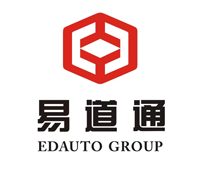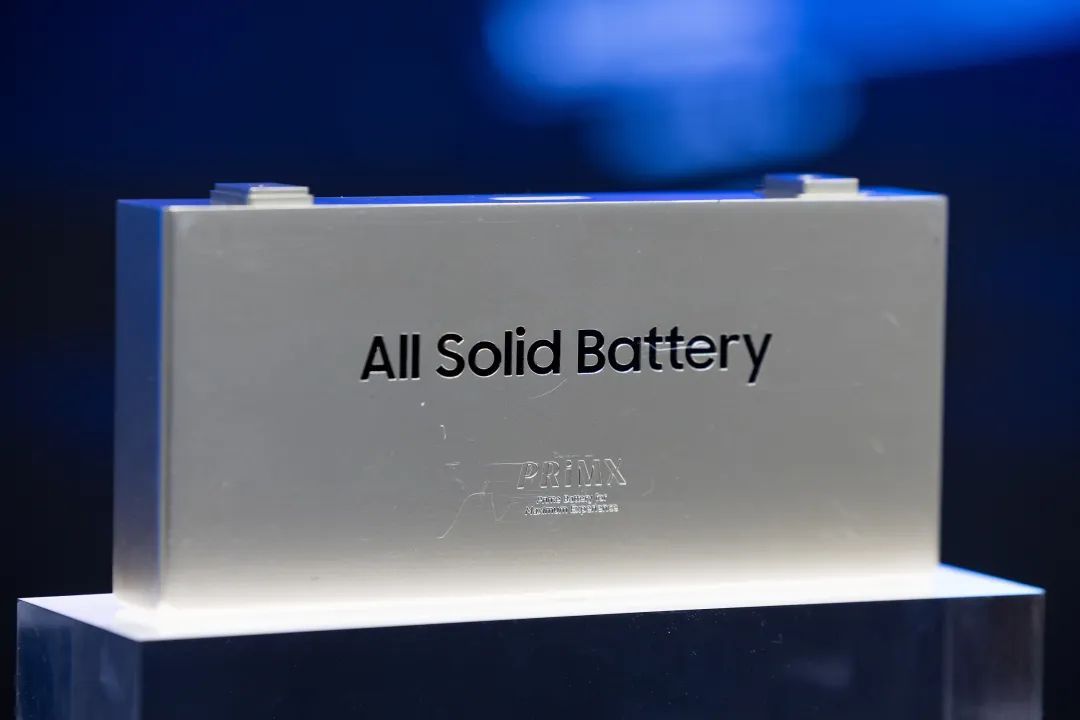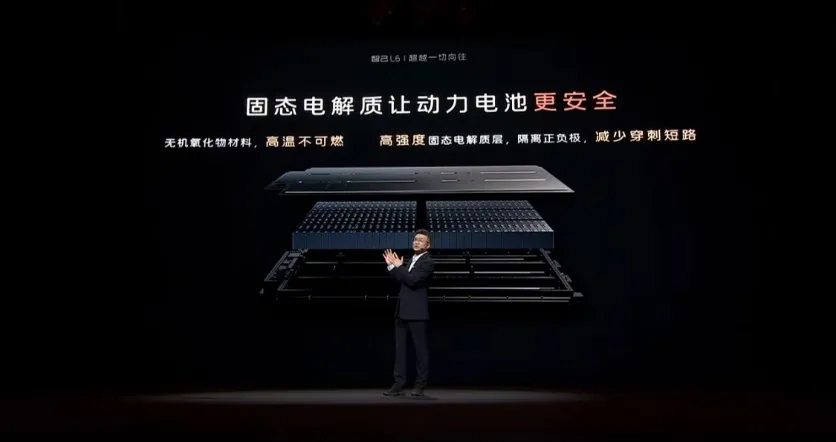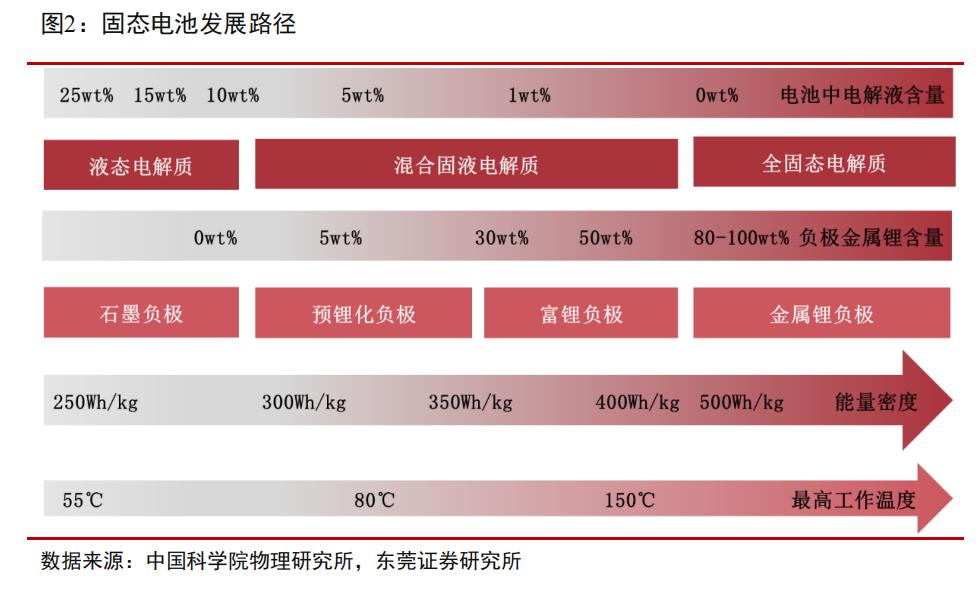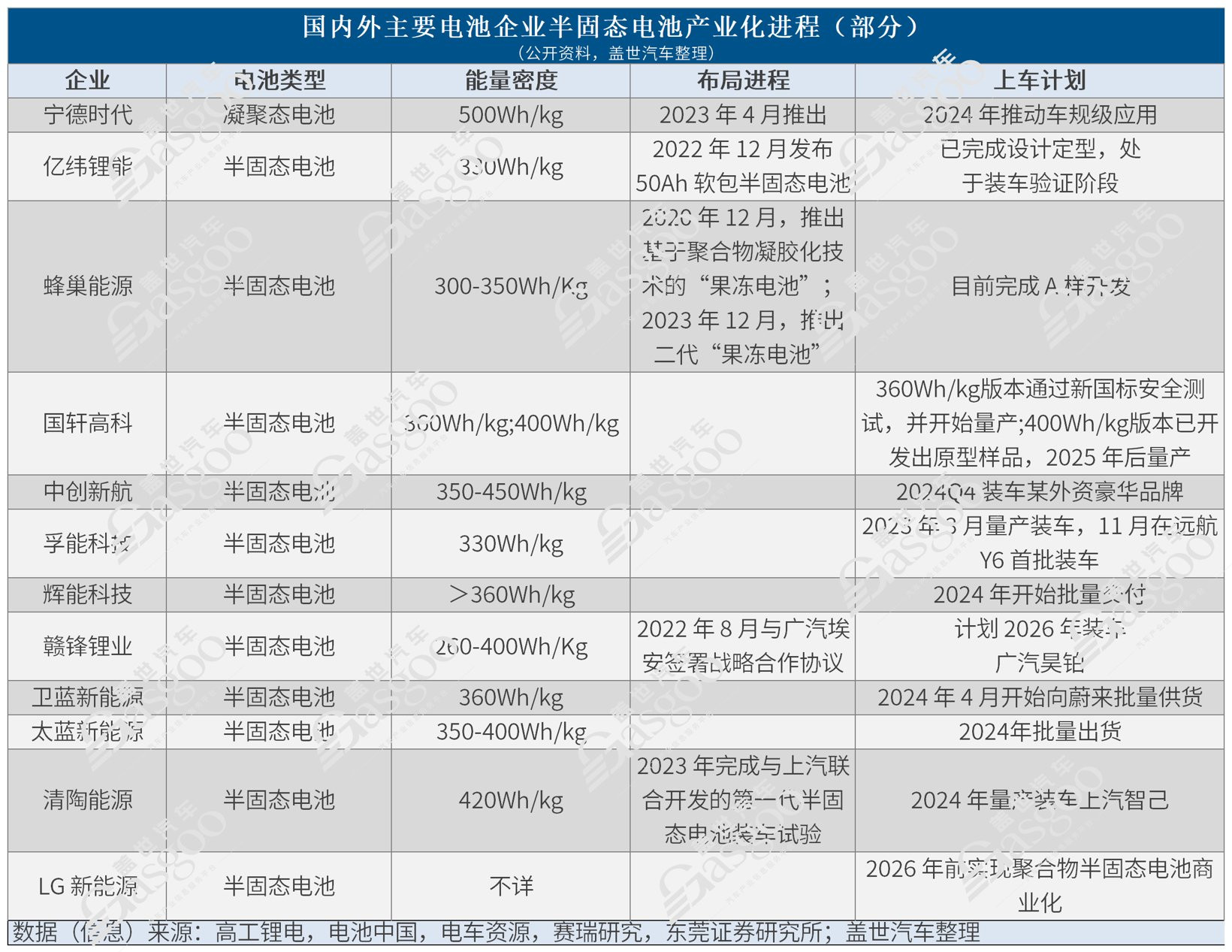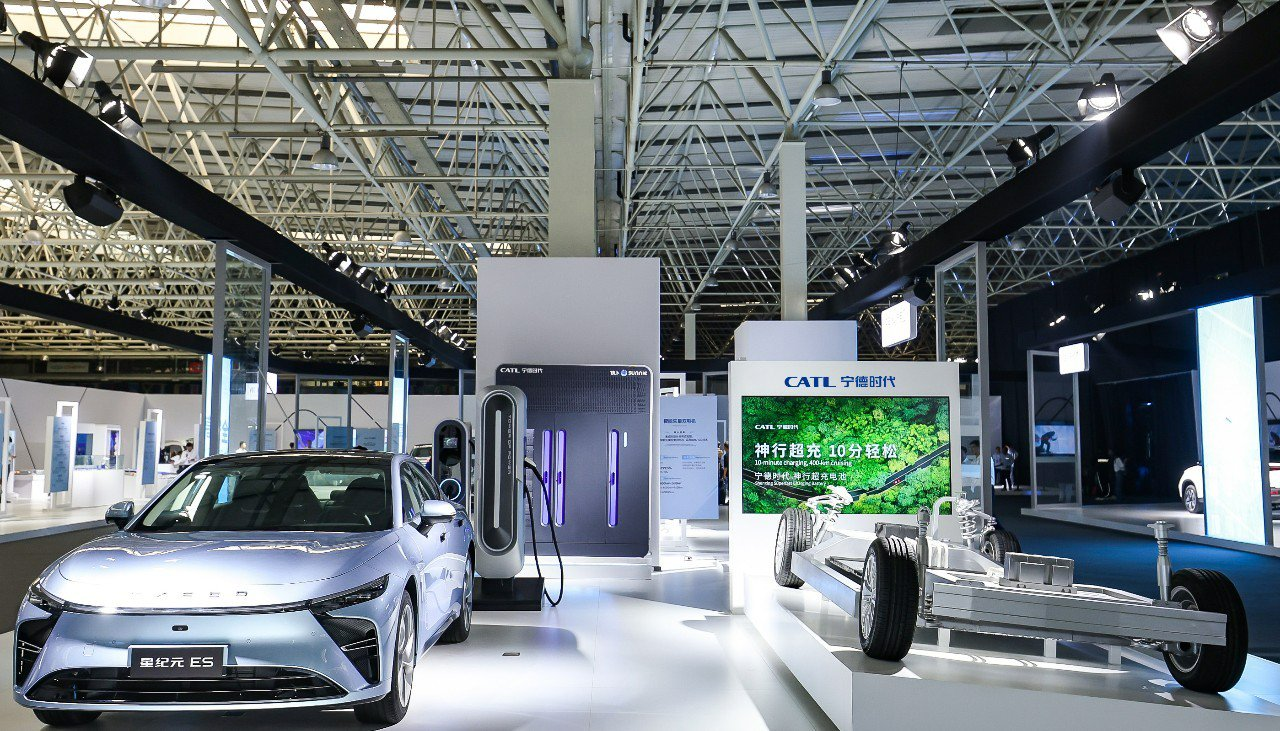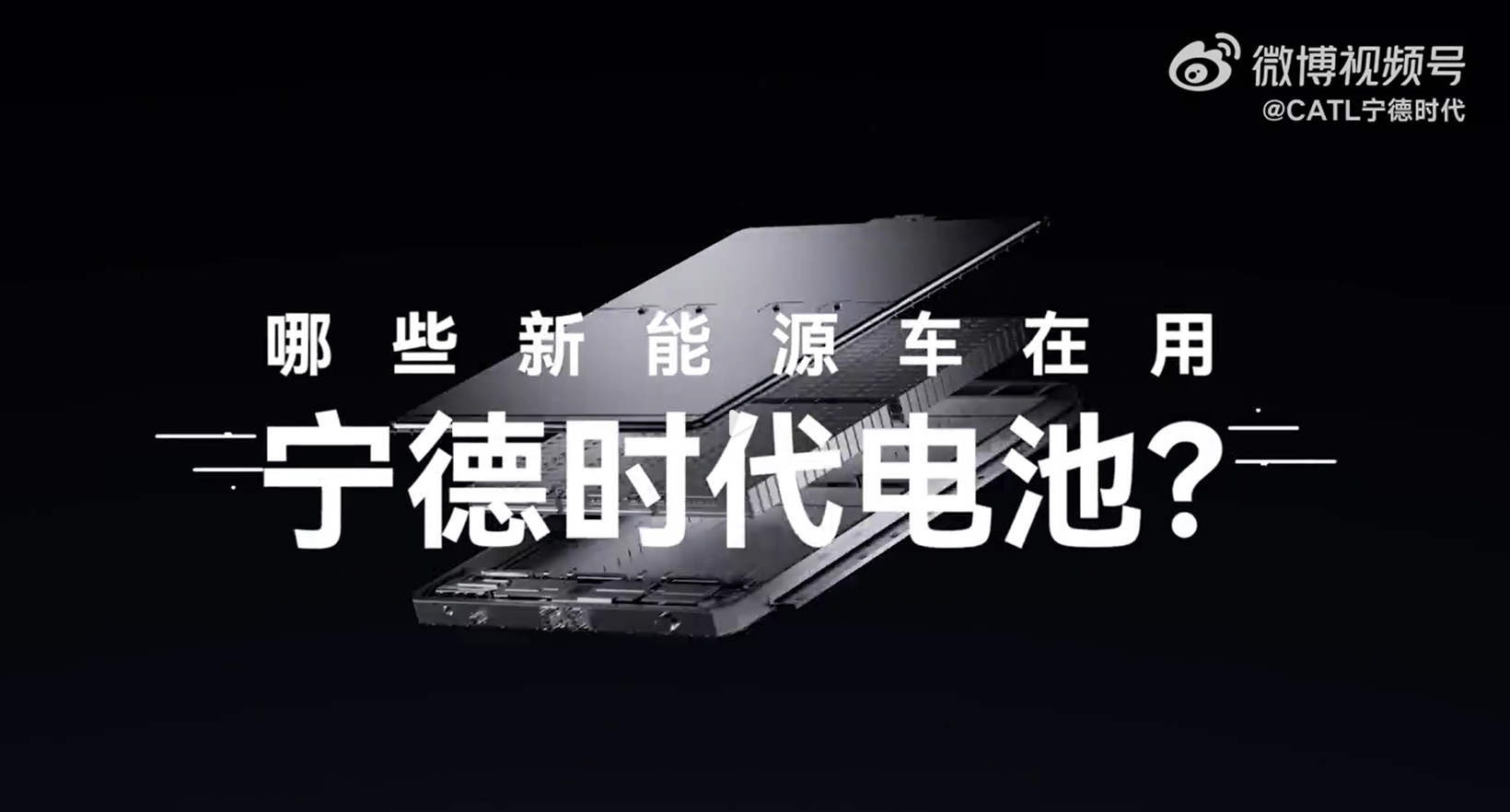CATL’s attitude towards solid-state batteries has become ambiguous.
Recently, Wu Kai, chief scientist of CATL, revealed that CATL has the opportunity to produce solid-state batteries in small batches in 2027. He also emphasized that if the maturity of all-solid-state batteries is expressed as a number from 1 to 9, CATL's current maturity is at the 4 level, and the target is to reach the 7-8 level by 2027.
More than a month ago, Zeng Yuqun, chairman of CATL, believed that the commercialization of solid-state batteries was a distant thing. At the end of March, Zeng Yuqun said in an interview with the media that the current technical effects of solid-state batteries are "still not good enough" and there are safety issues. Commercialization is still several years away.
In one month, CATL’s attitude towards solid-state batteries changed from “commercialization is far away” to “there is an opportunity for small batch production”. The subtle changes during this period have to make people think about the reasons behind it.
In recent times, solid-state batteries have become increasingly popular. Compared with the past, when companies queued up to get goods and power batteries were in short supply, now there is excess battery production capacity and growth has slowed down in the CATL era. Facing the trend of industrial change, the strong position of CATL has become a thing of the past.
Under the strong marketing rhythm of solid-state batteries, "Ning Wang" began to panic?
Marketing wind blows towards "solid-state batteries"
As we all know, the core of moving from liquid batteries to semi-solid and all-solid batteries is the change of electrolyte. From liquid batteries to solid-state batteries, it is necessary to change chemical materials to improve energy density, safety performance, etc. However, it is not easy in terms of technology, cost and manufacturing process. It is generally predicted in the industry that solid-state batteries will not be able to achieve mass production until 2030.
Nowadays, the popularity of solid-state batteries is uncharacteristically high, and there is a strong momentum to get on the market in advance.
On April 8, Zhiji Automobile released the new pure electric model Zhiji L6 (Configuration | Inquiry), which is equipped with the "first-generation lightyear solid-state battery" for the first time. Subsequently, GAC Group announced that all-solid-state batteries are planned to be put into cars in 2026, and will be first installed in Haopin models.
Of course, Zhiji L6’s public declaration that it is equipped with the “first-generation lightyear solid-state battery” has also caused considerable controversy. Its solid-state battery is not a true all-solid-state battery. After many rounds of in-depth discussions and analysis, Li Zheng, general manager of Qingtao Energy, finally pointed out clearly that "this battery is actually a semi-solid battery", and the controversy gradually subsided.
As a supplier of Zhiji L6 solid-state batteries, when Qingtao Energy clarified the truth about semi-solid-state batteries, another company claimed to have made new progress in the field of all-solid-state batteries. On April 9, GAC Aion Haobao announced that its 100% all-solid-state battery will be officially released on April 12.
However, the originally scheduled product release time was changed to "mass production in 2026." Such repeated publicity strategies have attracted complaints from many people in the industry.
Although both companies have played word games in the marketing of solid-state batteries, the popularity of solid-state batteries has once again been pushed to a climax.
On April 2, Tailan New Energy announced that the company has made significant progress in the research and development of "auto-grade all-solid-state lithium batteries" and successfully prepared the world's first automotive-grade monomer with a capacity of 120Ah and a measured energy density of 720Wh/ kg's ultra-high energy density all-solid-state lithium metal battery, breaking the industry record for the single capacity and highest energy density of a compact lithium battery.
On April 5, the German Research Association for the Promotion of Sustainable Physics and Technology announced that after nearly two years of research and development, a German expert team invented a full set of high-performance and high-safety solid-state sodium-sulfur battery fully automatic continuous production processes, which can make the battery energy density exceed 1000Wh /kg, the theoretical loading capacity of the negative electrode is as high as 20,000Wh/kg.
In addition, from late April to the present, Lingxin New Energy and Enli Power have successively announced that the first phase of their solid-state battery projects has been put into production. According to the latter’s previous plan, it will achieve mass production of a 10GWh production line in 2026. In the future, it will strive to Achieve a global industrial base layout of 100+GWh by 2030.
Fully solid or semi-solid?Ning Wang speeds up anxiety
Compared with liquid batteries, solid-state batteries have attracted much attention because they have many significant advantages such as high energy density, high safety, small size, and wide temperature range operation. They are an important representative of the next generation of high-performance lithium batteries.
According to the liquid electrolyte content, some industry insiders have made a clearer distinction between solid-state batteries. The industry believes that the development path of solid-state batteries can be roughly divided into stages such as semi-solid (5-10wt%), quasi-solid (0-5wt%), and all-solid (0wt%). The electrolytes used in semi-solid and quasi-solid are all Mix solid and liquid electrolytes.
If it will take some time for all-solid-state batteries to be on the road, then semi-solid-state batteries are already on their way.
According to incomplete statistics from Gasgoo Auto, there are currently more than a dozen domestic and foreign power battery companies, including China New Aviation, Honeycomb Energy, Huineng Technology, Ganfeng Lithium, Yiwei Lithium Energy, Guoxuan High-tech, etc., which have also laid out semi-solid state battery, and a clear plan to get into the car.
According to statistics from relevant agencies, as of the end of 2023, the domestic semi-solid battery production capacity planning has accumulated to exceed 298GWh, and the actual production capacity will exceed 15GWh. 2024 will be an important node in the development of the solid-state battery industry. Large-scale loading and application of (semi-) solid-state batteries is expected to be realized within the year. It is expected that the total installed capacity throughout the year will historically exceed the 5GWh mark.
Faced with the rapid advancement of solid-state batteries, the anxiety of the CATL era began to spread. Comparatively speaking, CATL's actions in the research and development of solid-state batteries are not very fast. It was only recently that it belatedly "changed its tune" and officially implemented the mass production schedule of solid-state batteries. The reason why Ningde Times is anxious to "explain" may be the pressure from the adjustment of the overall industrial structure and the slowdown of its own growth rate.
On April 15, CATL released its financial report for the first quarter of 2024: total revenue was 79.77 billion yuan, a year-on-year decrease of 10.41%; net profit attributable to shareholders of listed companies was 10.51 billion, a year-on-year increase of 7%; non-net profit after deducting was 9.25 billion yuan, a year-on-year increase of 18.56%.
It is worth mentioning that this is the second consecutive quarter that CATL has experienced a year-on-year decline in operating income. In the fourth quarter of 2023, CATL’s total revenue fell by 10% year-on-year. As power battery prices continue to fall and companies find it difficult to increase their market share in the power battery market, CATL is bidding farewell to its rapid growth.
Looking at it from another perspective, CATL has changed its previous attitude towards solid-state batteries, and it is more like being forced to do business. When the entire battery industry falls into the context of the "solid-state battery carnival", if CATL remains silent or remains oblivious to solid-state batteries, it will inevitably leave the impression that CATL is lagging behind in the field of new technologies. misunderstanding.
CATL's response: more than just solid-state batteries
CATL's main business includes four sectors, namely power batteries, energy storage batteries, battery materials and recycling, and battery mineral resources. In 2023, the power battery sector will contribute 71% of CATL’s operating revenue, and the energy storage battery sector will account for nearly 15% of its operating revenue.
According to SNE Research data, in the first quarter of this year, CATL’s global installed capacity of various types of batteries was 60.1GWh, a year-on-year increase of 31.9%, and its market share was 37.9%. Statistics from the China Automotive Power Battery Industry Innovation Alliance show that in the first quarter of 2024, CATL ranked first in the country with an installed capacity of 41.31GWh, with a market share of 48.93%, an increase from 44.42% in the same period last year.
Of course, new technologies and new products are always the key to CATL's market share. In August 2023, Ningde Times released the Shenxing superchargeable battery in August 2023. This battery is the world's first lithium iron phosphate 4C supercharged battery, using super electronic network cathode, graphite fast ion ring, ultra-high conductivity electrolyte, etc. A number of innovative technologies enable it to achieve 400 kilometers of battery life after overcharging for 10 minutes.
CATL concluded in its financial report for the first quarter of 2024 that Shenxing batteries have begun large-scale delivery. At the same time, CATL released Tianheng Energy Storage, which integrates "zero decay in 5 years, 6.25 MWh, and multi-dimensional true safety" system. Ningde Times believes that the company still maintains an excellent industry position, leading technology, good demand prospects, diversified customer base, and high entry barriers.
For CATL, solid-state batteries are not the “only option” in the future. In addition to Shenxing Battery, CATL also cooperated with Chery last year to launch a sodium-ion battery model. In January this year, CATL applied for a patent titled "Sodium-ion Battery Cathode Materials and Preparation Methods, Cathode Plate, Batteries and Electric Devices", which is expected to further improve the cost, lifespan and low-temperature performance of sodium-ion batteries. aspects of performance.
Secondly, CATL is also actively exploring new customer sources. In recent years, CATL has actively expanded overseas markets. Considering the influence of geopolitical and other factors, CATL has chosen a lighter technology licensing model as a breakthrough. Ford, General Motors, Tesla, etc. may be its potential customers.
Looking behind the solid-state battery marketing craze, it is not so much that CATL has changed from "conservative" to "active" on solid-state batteries. It is better to say that CATL has learned to respond to market demand and is actively building an advanced and forward-looking leading power battery company. image.
Just like the declaration shouted by CATL in the brand video, "When choosing a tram, look for CATL batteries." For CATL, it doesn’t matter which model a user buys or which battery they choose. As long as the user needs it, CATL can “make” it. It can be seen that in the context of rapid industrial development, it is always necessary to get close to consumers and explore user needs, and leading B-side companies are no exception.
Post time: May-25-2024
